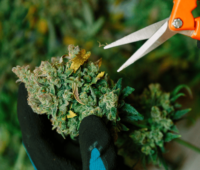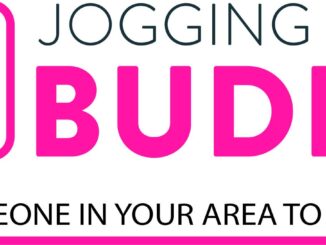
Plants, animals, and all other organisms are fueled by elements, which are the building blocks of everything in the universe. For example, plants use phosphorous, nitrogen, potassium, and other elements to grow build leaves, flowers, roots, and other parts.
When organisms die, they are naturally broken down into elements. Once they’ve been decomposed enough, fungi, bacteria, plants, animals, and other organisms use these elements as fuel.
Gardeners often build compost piles, or large bales of organic material ranging from grass clippings, to used coffee grounds, to leaves, to enrich their gardens’ soil. Some gardeners and farmers use artificial fertilizer and other products to help get the most from their plants as a quicker, easier alternative to using compost. People also use animal carcasses in their compost piles.
Up until today, nobody in the United States could legally use human carcasses to create compost. However, thanks to Washington’s very own Governor Jay Inslee, people living in Washington will soon be able to legally use human remains in their composting efforts.
The bill hasn’t yet gone into effect, though, and won’t until May 1, 2020, just less than a year from now.
Although people won’t be able to do whatever they want, necessarily, with human remains, the Washington bill will, in fact, allow approved, regulated companies to use the process of alkaline hydrolysis, also known as liquid cremation, to break down human bodies.
Here’s what the process of liquid cremation looks like. First, a human carcass is transferred to what’s known as a pressure vessel, which is a pressurized container, that is filled with a particular mixture of lye and water. The vessel is then heated to roughly 160 degrees Celsius, or 320 degrees Fahrenheit. Although the solution typically would boil at the temperature, the artificial increase in pressure prevents the solution and, by extension, the human carcass, from boiling.
The process takes anywhere between four to six hours to be carried out to completion. At the end of the process, the solution of water and lye contains some solid white chunks of bone, chemically known as calcium phosphate, though the majority of the solution contains no solid chunks of human remains.
One company, Recompose, uses wood chips, straw, and alfalfa to break down human remains. After roughly one month, the container, which is also filled with water and lye, the process is completed. What results is enriched soil that can fill up roughly two full-sized wheelbarrows.














Leave a Reply
Be the First to Comment!
You must be logged in to post a comment.
You must be logged in to post a comment.